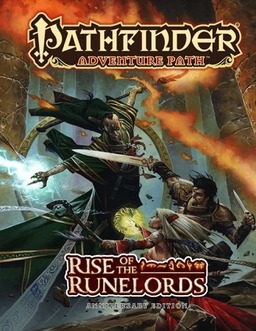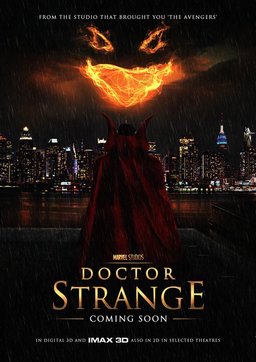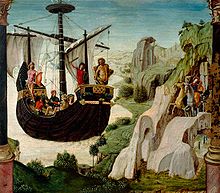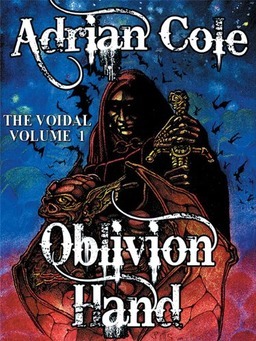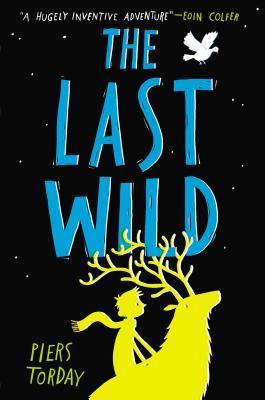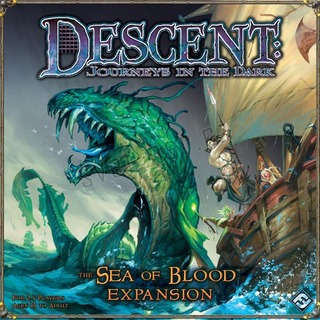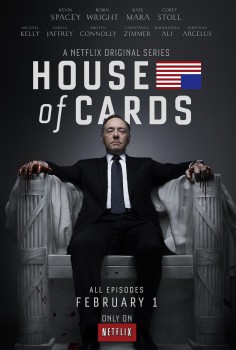John W. Campbell on Tolkien, Conan, and Sword & Sorcery
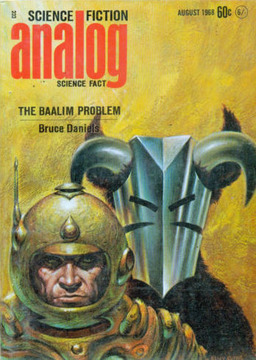
Gordon van Gelder, the editor of The Magazine of Fantasy and Science Fiction, has posted a fascinating excerpt from The John W. Campbell Letters, Volume 1. The excerpt is from a September 7, 1967 letter to Analog author and Hugo Award winning writer Gordon R. Dickson, author of Dorsai! and Soldier, Ask Not, and it captures the frustrations of the top SF editor in the country as he senses his audience being lured away by the growing popularity of J.R.R. Tolkien.
The swords-and-sorcery and Tolkien have displaced science fiction almost completely. Why? Well, partly — but I think a small part — is the current leaning to escape-from-reality, LSD etc. to the undisciplined world of my opinion is as good as any other, and don’t tell me there’s a Universe’s Opinion I’ve got to accept, willy nilly.
But the larger item, I suspect, is *human beings want heroes.* Real heroes. Not common-men-who-proved-under-stress-they-could-struggle-through. The swords-and-sorcery yarns are all based on superhuman heroes — and it’s clearly obvious the readers love ’em.
Now in as much as it’s the readers who pay for the magazines, it damn well behooves us to give ’em what they want — and they obviously want super-heroes on the Conan order. They want for Frank Herbert’s Dune, with his super-hero. They used to go with all-out enthusiasm for Jack Williamson’s really-not-very-good “Legion” stories.
Now if the fans want — and they evidently do! — swords-and-sorcery type yarns, then we had damn well better give ’em the type of thing they want, or get out of the way for someone who will.
Campbell never published much fantasy in Analog, but he did champion adventure-oriented science fantasy in the late 60s, like Anne McCaffrey’s Dragonriders of Pern stories (the first of which, the Hugo Award-winning “Weyr Search,” appeared in Analog in October 1967). It would be interesting to take a closer look to see if there was any noticeable editorial shift in this period.
Read the complete excerpt in Gordon’s Facebook post.
